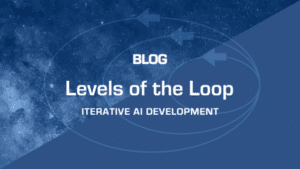Reasoning systems are computational frameworks designed to simulate human reasoning or automate the decision-making process in artificial intelligence (AI) applications. These systems utilize a structured approach to process information, deduce new knowledge, solve problems, or reach decisions based on logical operations. Three fundamental concepts within reasoning systems that ensure their integrity, correctness, and alignment with human-like reasoning are constraints, assertions, and assumptions:
- Constraints: A condition that must be maintained across all parts of the system or program at all times. This defines the boundaries of the system and ensures it operates within predefined limits and adheres to specific requirements or conditions.
- Assertions: A statement expected to be true at one particular point in a program’s flow, or in one specific context. Essentially, a localized constraint. Assertions are implemented checks that verify the system’s state aligns with the expected conditions at critical moments, thus confirming that the broader constraints are being adhered to.
- Assumptions: Core beliefs about language patterns and context that are crucial for the model’s design and functionality. Assumptions form the basis upon which reasoning systems interpret information and make decisions. They are embedded within the system to guide its understanding of the world, fill in the gaps where explicit information is lacking, and help in making inferences. Like constraints and assertions, assumptions are vital for ensuring that the system’s operations are grounded in a logical and consistent representation of its operating environment.
One might use a set of assertions to test that constraints are being met, while assumptions underpin the system’s ability to process and interpret information in a human-like manner. Constraints are conceptual limitations of the system, and assertions are specific implemented tests that prove those constraints. Together, these elements ensure the system’s reliability, accuracy, and alignment with human reasoning processes.


